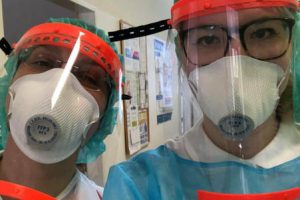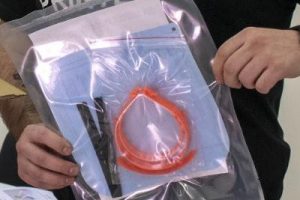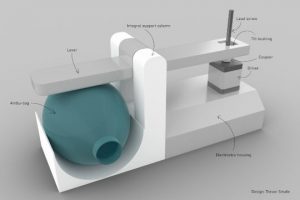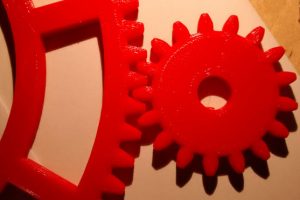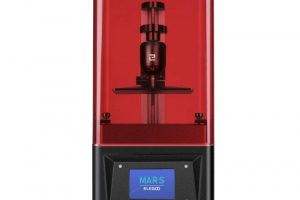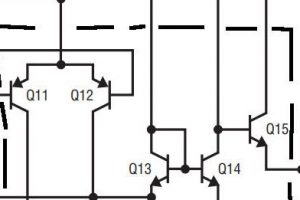Before movements were restricted, I was working on a test rig to spin up a bicycle dynamo on the bench. The cobbled-together opto-coupler is part of it, as was the need to design some involute gears, and the rekindled interest in phase-locked loops. Here it is so far (right) And I am very proud of how it has come out. ...
Engineer In Wonderland

Updated: Local medics might actually need your 3D printing
Fear not, this is not bandwagon-jumping. NHS staff are clearly short of anti-covid-19 protective equipment. The reason I know this is that, knowing that I have a 3d printer, someone asked me to join an ad hoc group making face shields for two GP surgeries. The prototypes have been delivered over the weekend and we await to hear if they ...
Prusa 3D starts medical face shield production, and warns of printed masks
Joseph Prusa, head of 3D printer company Prusa Research in Prague, has turned part of his factory over to the production of medical face shields. And at the same time, has issued a stern warning about untested 3D printed breathing filters – and he should know, he is one of the pioneers of 3D printer mass production. The company has taken an ...
Open ventilator project – 3d printed emergency ventilator for covid-19
Colin Keogh of University College Dublin has set up an open-source project to create a 3D-printable emergency ventilator for use those struggling with covid-19. The aim to to have something that can be made simply in many places around the world – to be used only when not enough ‘proper’ medical ventilators are available. There are actually a lot of ...
Two fine Frenchmen
Next time you need to measure something with good accuracy, your thoughts may turn to the product of one of two Frenchmen: Jean-Laurent Palmer or Pierre Vernier. The clue is in the second man’s name, as it is to he that is attributed the Vernier gauge. Palmer invented the hand held micrometer, which is apparently called a Palmer or variations around that ...
Involute gears, and how not to get frustrated when designing them
Some spare time recently got used-up designing a pair of involute gears – which, it transpires, is easy in principle, once certain almost-impossible-to-obtain facts have been gathered. There are several guides on the web, but some important bits of information seem habitually to be missed out. So when you read one of them, it might be useful to know the ...
If you seek female STEM role-models
I hear there are too few role models to get girls and young women interested in STEM activities. So below is a list of possible candidates. Many of the youtube makers below are from the US – one is from China. If you know of more UK possibilities, do comment below so that the list can be extended. Limor Fried, ...
Resin 3D printers – high-resolution, but not the answer for me because…
As a creator of optical assemblies… Imagine my delight when I discovered that some resins used in low-cost LCD ‘SLA’ type 3D printers sets as tough as fused filament – not just hard, but tough too, and isotropic without residual weak inter-layer bonding of filament-based prints. These printers – the Anycubic Photon and Elegoo Mars (pictured), for example – are cheap ...
So that’s how it works: Op-amp inputs below the negative rail
How do you get the input of an op-amp to work below the negative-most supply rail?, I asked. Now I know – thanks to the patience of ADI field application engineer Andreas Koch. It was not just any op-amp, but the LT1490 dual, also available as the LT1491 quad. This is a pretty neat device for applications where there is a ...
Photo-relays have really come on
Seeing these new photo-relays from Toshiba reminded me when I first noticed optically-isolated mosfet switches. They they were really for signal switching, or for a few dozen mA, maybe at 30V – telephone stuff. At the time, my task was to switch 500mA and so a couple of discrete mosfets and a transformer-rectifier gate drive were pressed into service. The new ...
 Electronics Weekly
Electronics Weekly
